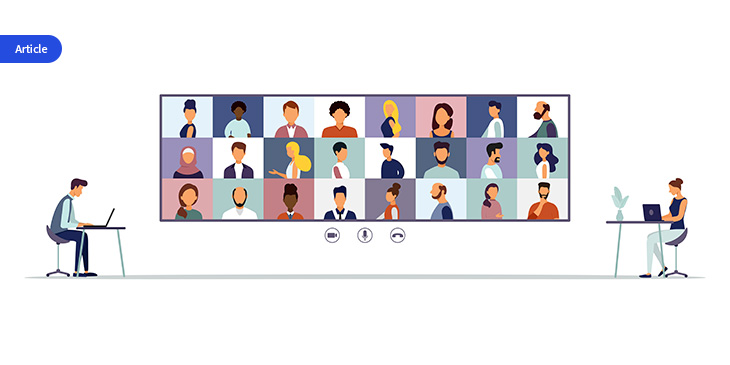Six Ways to Make Your Meetings More Productive
Meetings take up a lot of our time at work. But at the end of the day, how much do they truly accomplish? According to a study performed by management consulting firm Korn Ferry, meetings rarely do what we set out to accomplish. What’s more, 67% of employees report that spending too much time in meetings and on phone conversations prevented them from having an effective workday.
Get around these issues by implementing tactics to make your meetings more productive. Here are six strategies to squeeze as many results as possible out of that meeting time.
1. Focus on Priorities
There’s no point in devoting valuable meeting time to small talk, rabbit trails or conversations that won’t move the needle in your business — those can all happen later, around the water cooler. Meetings are a dedicated time for your team to focus on high priority discussions.
Outline priorities ahead of time. Then assign one person to be in charge of the priority list. Their job is to reel the group back in if you get off track. Make sure you pick someone who isn’t afraid to speak up and steer people back toward your focus when needed.
2. Start by Checking In
Before jumping into your agenda, go around the table and briefly let each participant say what’s on their mind or what they hope to gain from the meeting. This doesn’t have to be long; after all, your goal is to focus on your priorities. But when each individual is allowed to voice where they’re coming from at the start of the meeting, they’ll be more engaged throughout the remainder of the discussion.
3. Be Results-Oriented
At the beginning of the meeting, make it clear what the purpose of the meeting is and what actionable results you hope to gain. Your priority list as well as any shared resources should all be results-oriented, reflecting your end goal for the meeting. To boost productivity, it’s also important to strategically invite the people you truly need — and of course, to think critically about whether this topic or issue really needs to be a meeting at all.
4. Distribute Resources Ahead of Time
One of the best ways to increase productivity during a meeting is to distribute any handouts, resources or other materials at least a couple of hours before the meeting starts.
This way, participants can go through the material at their own pace, on their own time. They’ll come to the meeting fully in-the-know instead of spending the first twenty minutes flipping back and forth between documents, trying to orient themselves to what’s going on.
5. Stay Alert for Wasted Time
Remember the person you chose to be in charge of your priority list? It’s their job to call it out if your group starts wasting time. But all meeting participants should be encouraged to stay aware, being respectful of the time limit to ensure you can hit every point you need to.
Disagreements can easily devolve into major time-wasters. It’s okay to share opposing viewpoints and talk through different opinions. To help stay on track, however, a manager should help facilitate the discussion so it doesn’t become harmful and so it doesn’t drag out too long.
6. Be Conscious of Zoom Fatigue
By now, we’re all familiar with Zoom fatigue — the particular brand of burnout we feel after spending too much time on video calls. If your meetings happen online, avoid Zoom fatigue by carefully structuring each one.
Encourage your team to take turns sharing brief updates rather than having one person drone on for the entire length of the meeting. If it’s not essential for team members to be on camera, invite them to join with audio only. Finally, agree on an end time beforehand and log off when the clock hits.
Takeaway
Whether it’s in your current company or in a previous job, we’ve all been stuck in a bad meeting. But this doesn’t have to be an ongoing reality. Leverage the six tips shared here to bypass common meeting pitfalls and boost engagement and productivity for good.
Content created and provided by ONEAFFINITI.












